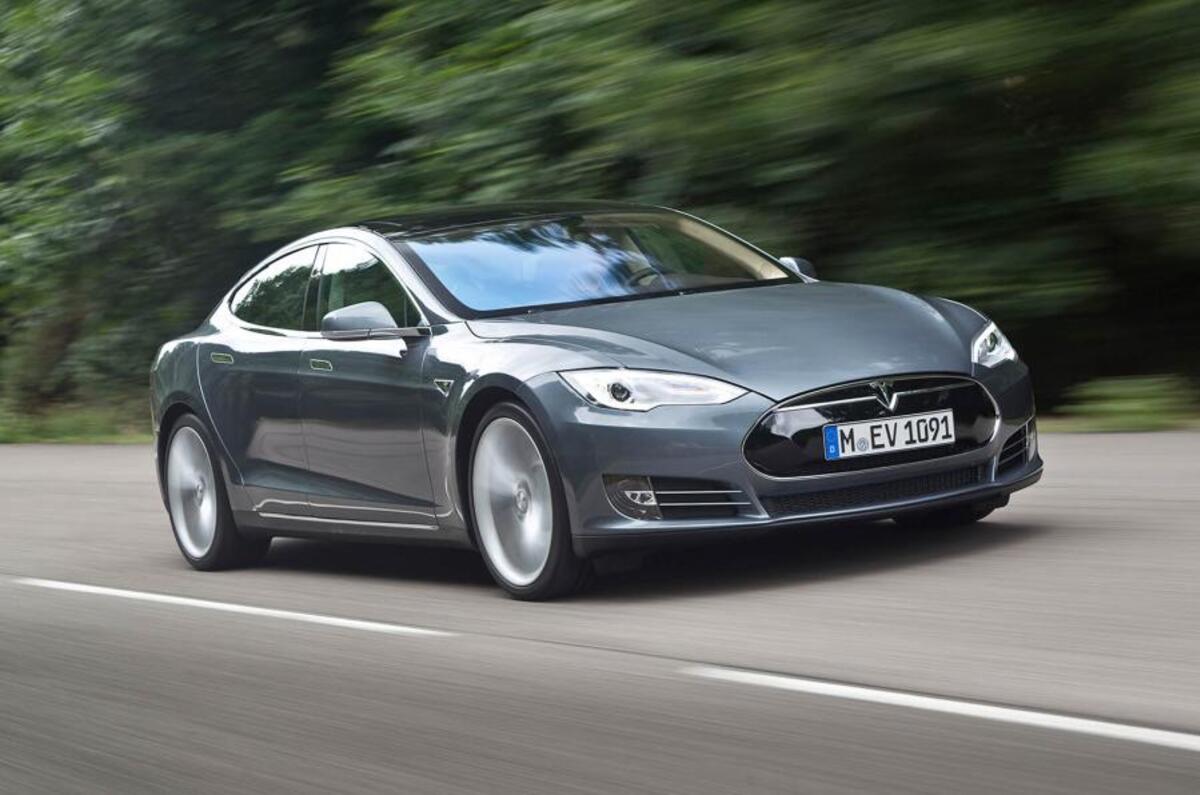The Tesla Autopilot function has been updated for safety reasons, boss Elon Musk has announced.
The move follows criticism of the system's performance in certain situations, plus the discovery of a raft of videos that were uploaded to the internet by Tesla owners of themselves using Autopilot in potentially dangerous situations, including in residential areas.
From launch last year, Autopilot and its associated functions allowed Model S owners to be driven hands- and feet-free in all traffic situations, as well as allowing the car to parrallel park itself.
Now, as a result on a software upgrade performed over the internet, the engagement of Autosteer is restricted on residential roads and roads without a central reservation.
When Autosteer is engaged on a restricted road, the speed of the Model S will be limited to the speed limit of the road plus an additional 10km/h (6.2mph).
When entering a restricted road, the car will reduce its speed if necessary and will do so even if the driver tries to increase the cruise control speed.
Changes also introduced as a result of the v7.1 software upgrade include an update to the automatic steering system, which the firm says “performs better in common highway driving scenarios”.
Musk announced the Autosteer function has been “improved to keep Model S in its current lane when passing highway exits” and to “keep the Model S in its current lane when lane markings are faded”.
The forward and side collision warning systems have also been improved, to reduce the number of false alerts, and will automatically keep a greater distance from moving objects such as other vehicles than fixed ones, such as the central reservation. It will also intervene earlier if it detects an imminent collision.
Among the other key tweaks, the Model S’s Autopark function also now permits it to reverse-park itself in spaces that are perpendicular to the kerb, and the firm has introduced Spotify as its streaming radio service in place of Rdio.
The 7.1 software update also includes the first iteration of Summon, which makes it possible for owners to carry out some functions on their Model S or Model X via their smartphone.
For example, the car can be prompted to open the garage door, driven into the garage, park itself and shut down. Summon is still in the Beta testing phase, so Tesla is recommending that it only be used on private property.





Add your comment